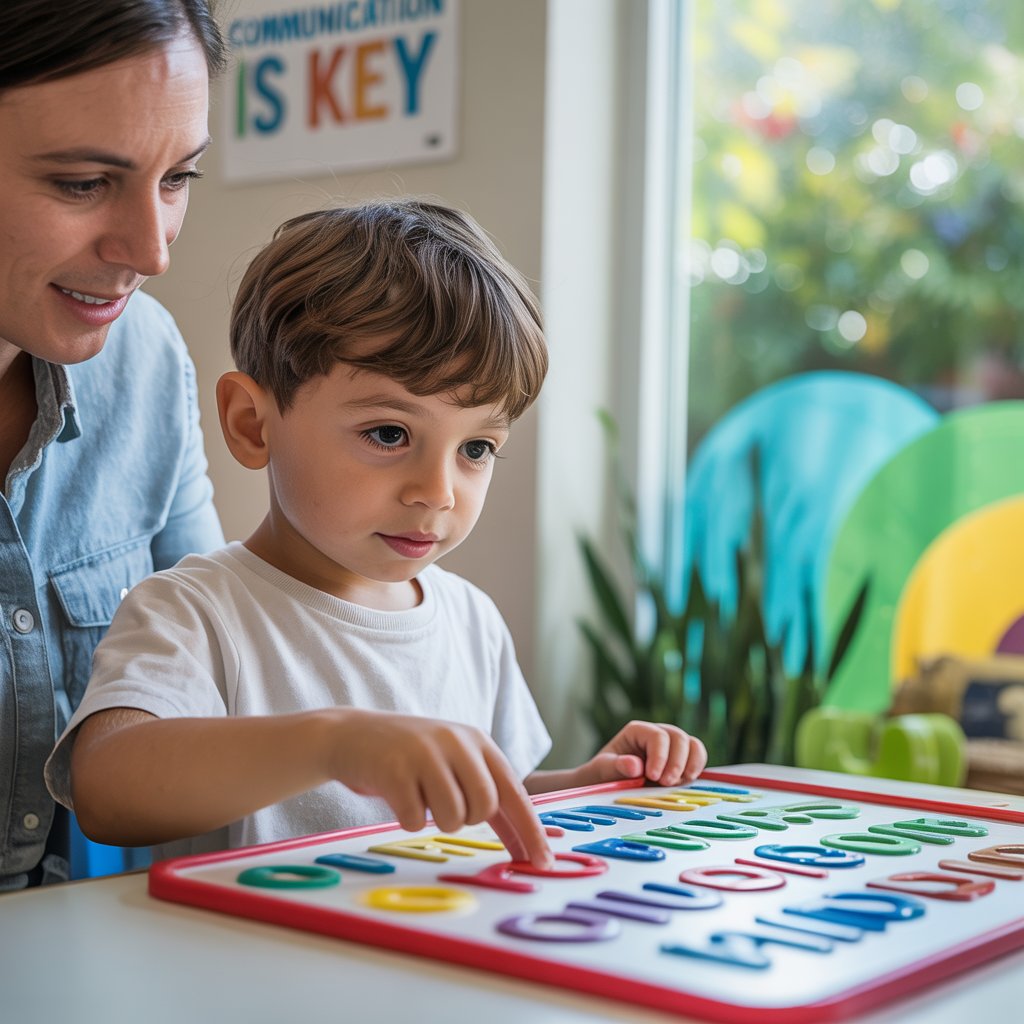How ABA Therapy Supports Behavior Change in Autistic Children

Ever wonder why your child can make eye contact with their iPad for hours but not during a conversation? For the 1 in 36 American children with autism, these behavioral differences aren't defiance—they're wired differently.
ABA therapy isn't about "fixing" your child. It's about building a bridge between their world and ours through evidence-based strategies that actually work.
Applied Behavior Analysis therapy has evolved significantly from its early days, now focusing on respectful approaches that honor autistic children's unique needs while helping them develop practical skills for everyday life.
But here's what most parents don't realize until they're months into ABA: the real transformation isn't just in your child's behavior—it's in how you'll completely rethink what "progress" actually looks like.
What ABA Therapy Actually Entails
Applied Behavior Analysis (ABA) therapy isn't some mysterious treatment that only specialists understand. At its core, it's about understanding why behaviors happen and how we can change them.
Think of ABA as detective work. Therapists observe a child's behavior, figure out what triggers it, and then create strategies to either increase helpful behaviors or decrease challenging ones.
Here's what happens in actual ABA sessions:
- Assessment: The therapist gets to know your child's specific needs
- Goal-setting: Creating clear, measurable objectives tailored to your child
- Intervention: Teaching new skills through positive reinforcement
- Data collection: Tracking progress to see what's working
- Parent training: Showing you how to support your child at home
ABA isn't a one-size-fits-all approach. Your child might work on anything from communication skills to reducing meltdowns to learning everyday tasks like brushing teeth or making friends.
The best ABA programs don't just focus on changing behaviors. They dig deeper to understand why those behaviors are happening in the first place.
Scientific Principles Behind ABA Effectiveness
ABA isn't just another therapy – it's backed by decades of research and solid science. The approach stands on a foundation of behavioral principles that have been tested and refined since the 1960s.
The core principle? Behavior that gets reinforced tends to increase. Simple, but powerful.
Research consistently shows that ABA therapy can help autistic children develop communication skills, improve social interactions, and reduce challenging behaviors. But how exactly does it work?
ABA uses several key scientific principles:
- Positive reinforcement: Rewarding desired behaviors makes them more likely to happen again
- Shaping: Breaking down complex skills into manageable steps
- Prompting: Providing assistance that gradually fades as skills improve
- Generalization: Ensuring skills transfer to different settings and situations
- Functional analysis: Identifying the purpose behind behaviors
What makes ABA particularly effective is its emphasis on observable, measurable outcomes. Unlike approaches based on theories or assumptions, ABA therapists continuously collect data to verify that interventions are actually working.

How ABA Differs From Other Therapeutic Approaches
ABA stands out from other autism therapies in some pretty significant ways.
For starters, ABA is incredibly personalized. While other approaches might follow a standard curriculum, ABA programs are built specifically around your child's unique strengths, challenges, and interests.
Here's how ABA compares to other common approaches:
Another key difference? ABA therapy is intensive. Most programs recommend 20-40 hours weekly, while other therapies might only be 1-2 hours. This intensive approach helps skills develop faster and generalize better.
ABA also places huge emphasis on parent involvement. You're not just dropping your kid off for therapy – you're learning strategies to become your child's best teacher.
D. Key Components of Successful ABA Programs
Not all ABA programs are created equal. The most effective ones share certain critical elements that maximize a child's progress and development.
First and foremost, successful programs are individualized. Your child isn't getting a cookie-cutter treatment plan – they're receiving interventions designed specifically for their unique profile.
Quality ABA programs always include:
- Board Certified Behavior Analysts (BCBAs) who design and supervise the program
- Consistent data collection to monitor progress and adjust strategies
- Natural environment teaching that applies skills to real-world situations
- Parent training components so learning continues outside therapy hours
- Regular team meetings to ensure everyone's on the same page
- Positive reinforcement systems tailored to what motivates your child
The best programs strike a balance between structured teaching and natural interactions. They blend traditional discrete trial training (structured learning in small steps) with naturalistic developmental behavioral interventions (teaching through play and daily activities).
Another hallmark of effective ABA? Flexibility. As your child grows and develops, their program should evolve too. What worked six months ago might need adjustment now.







